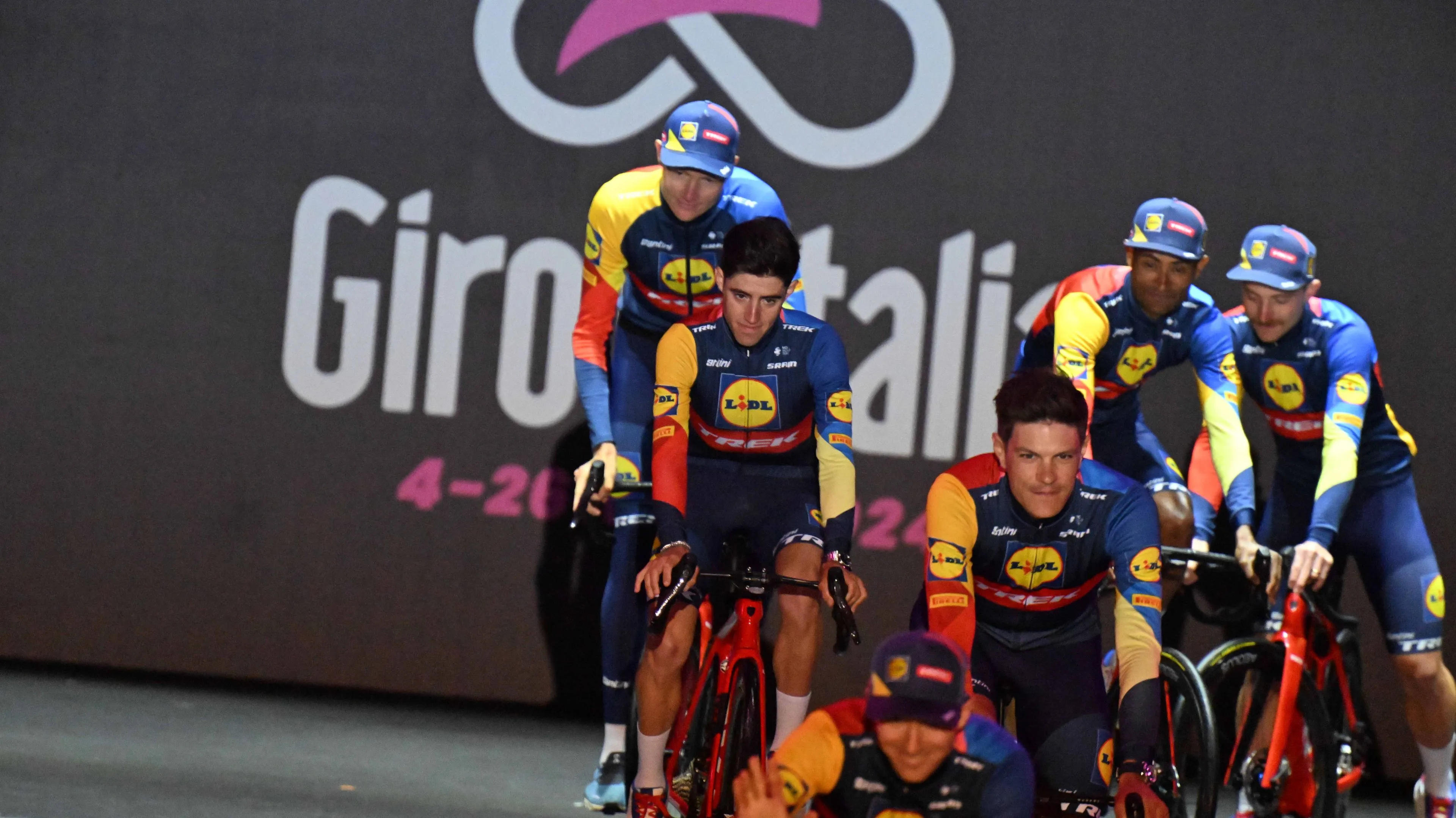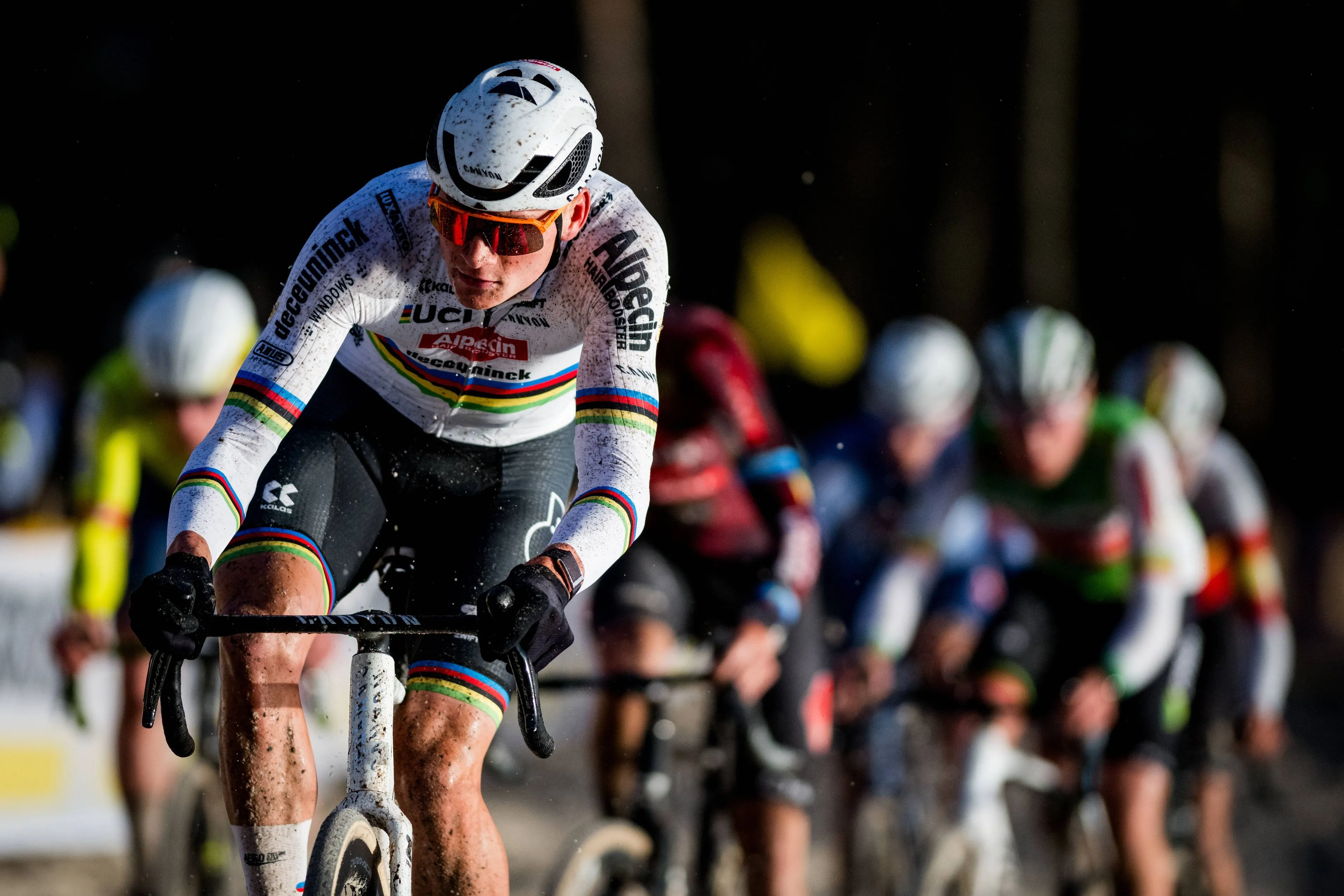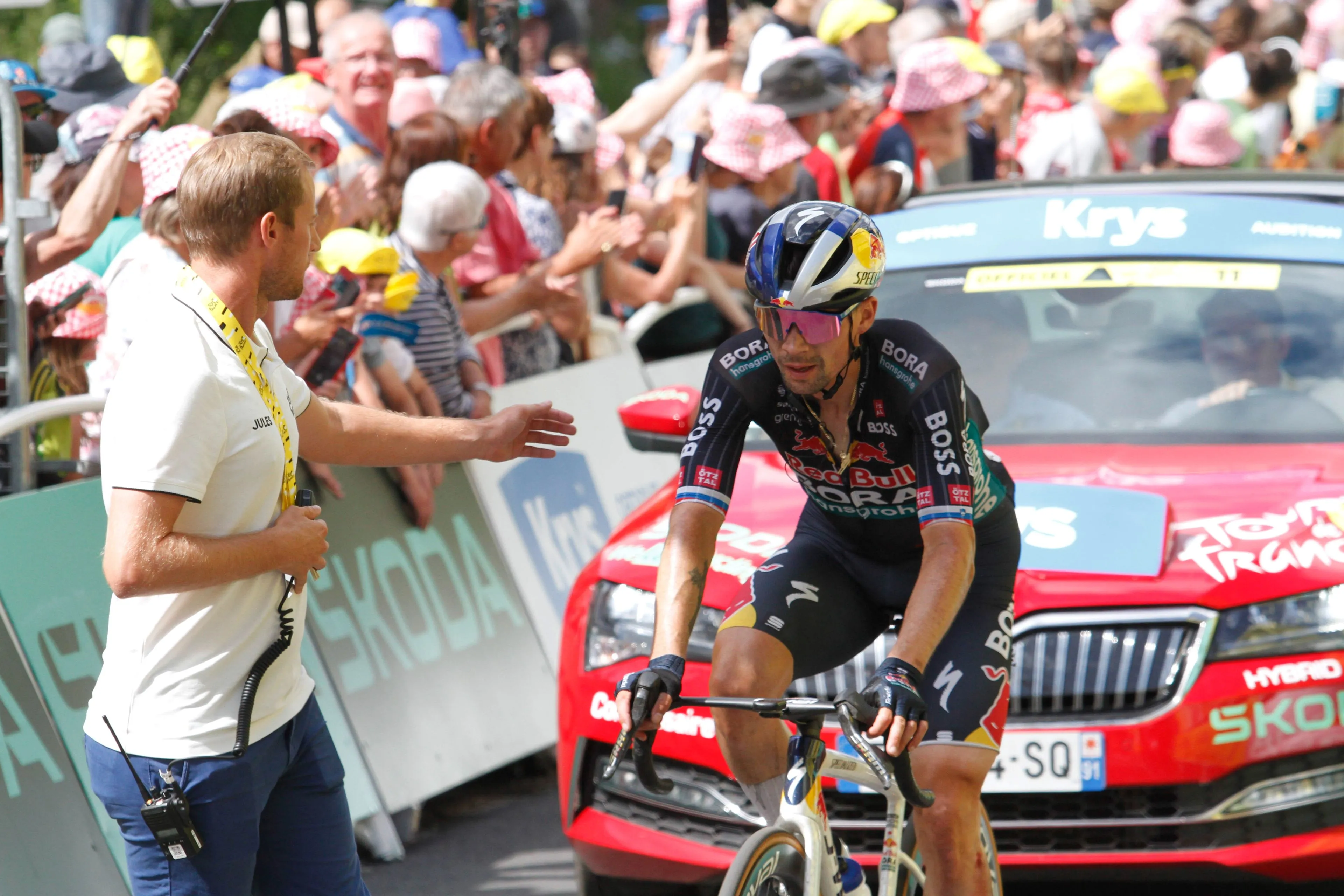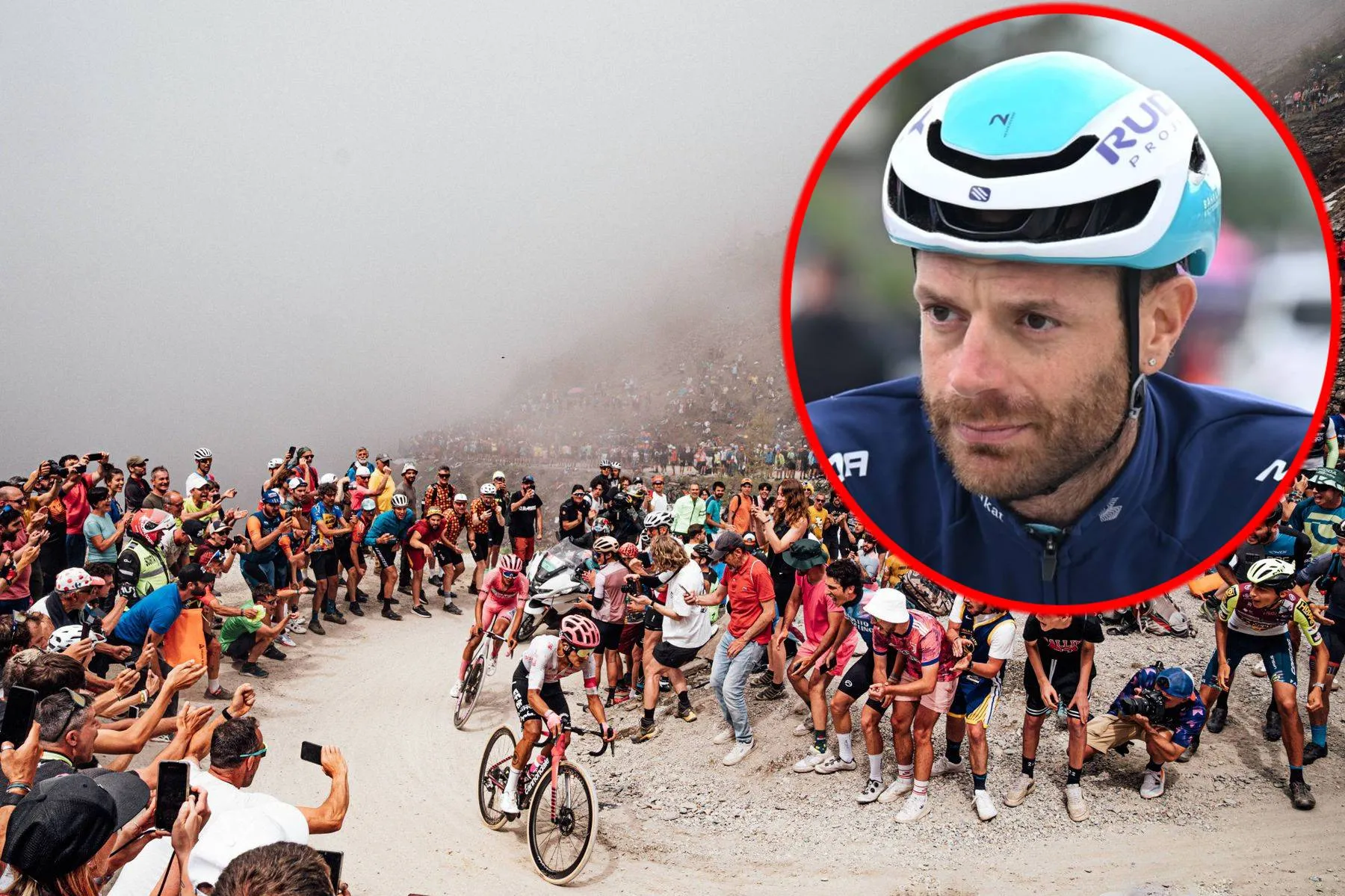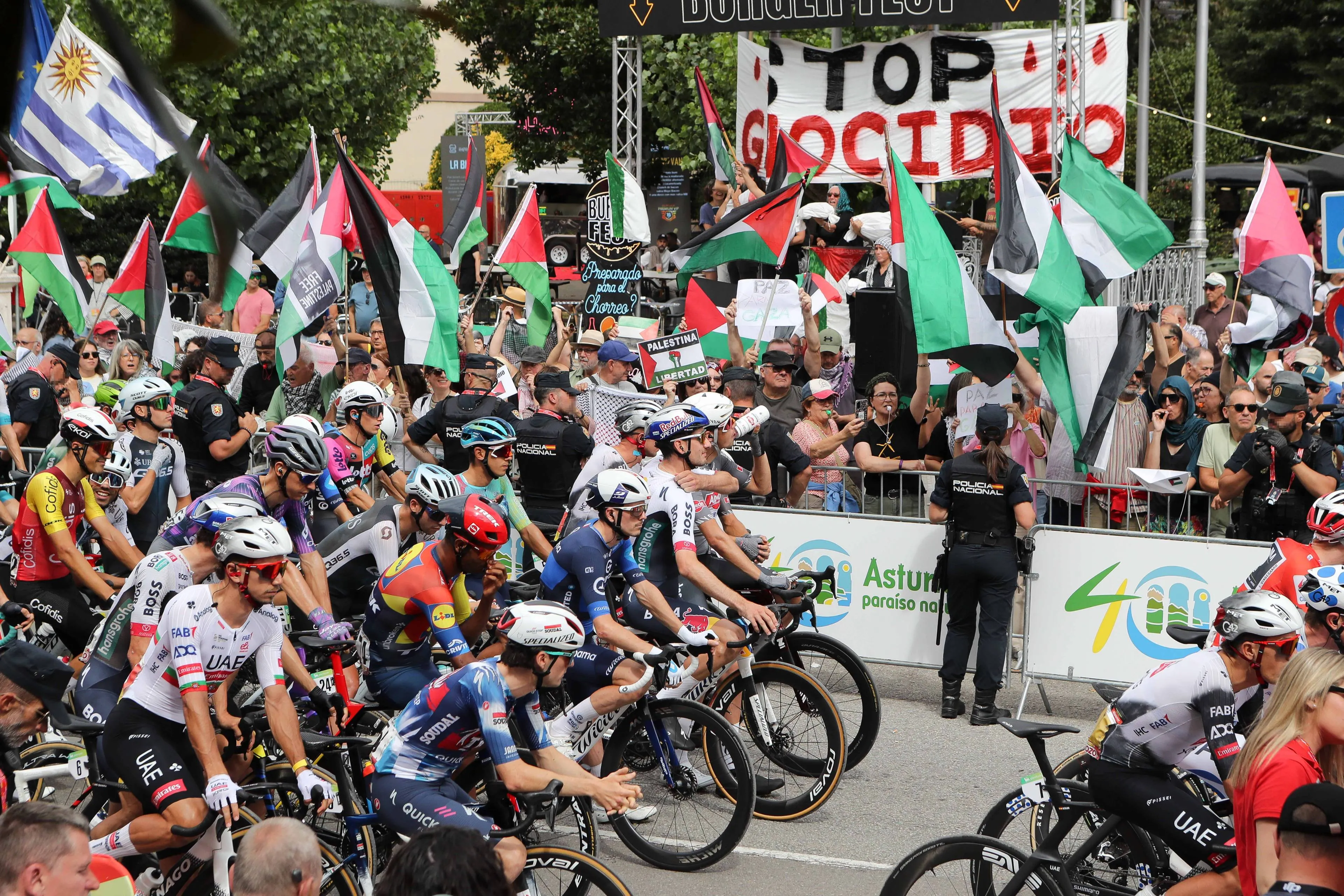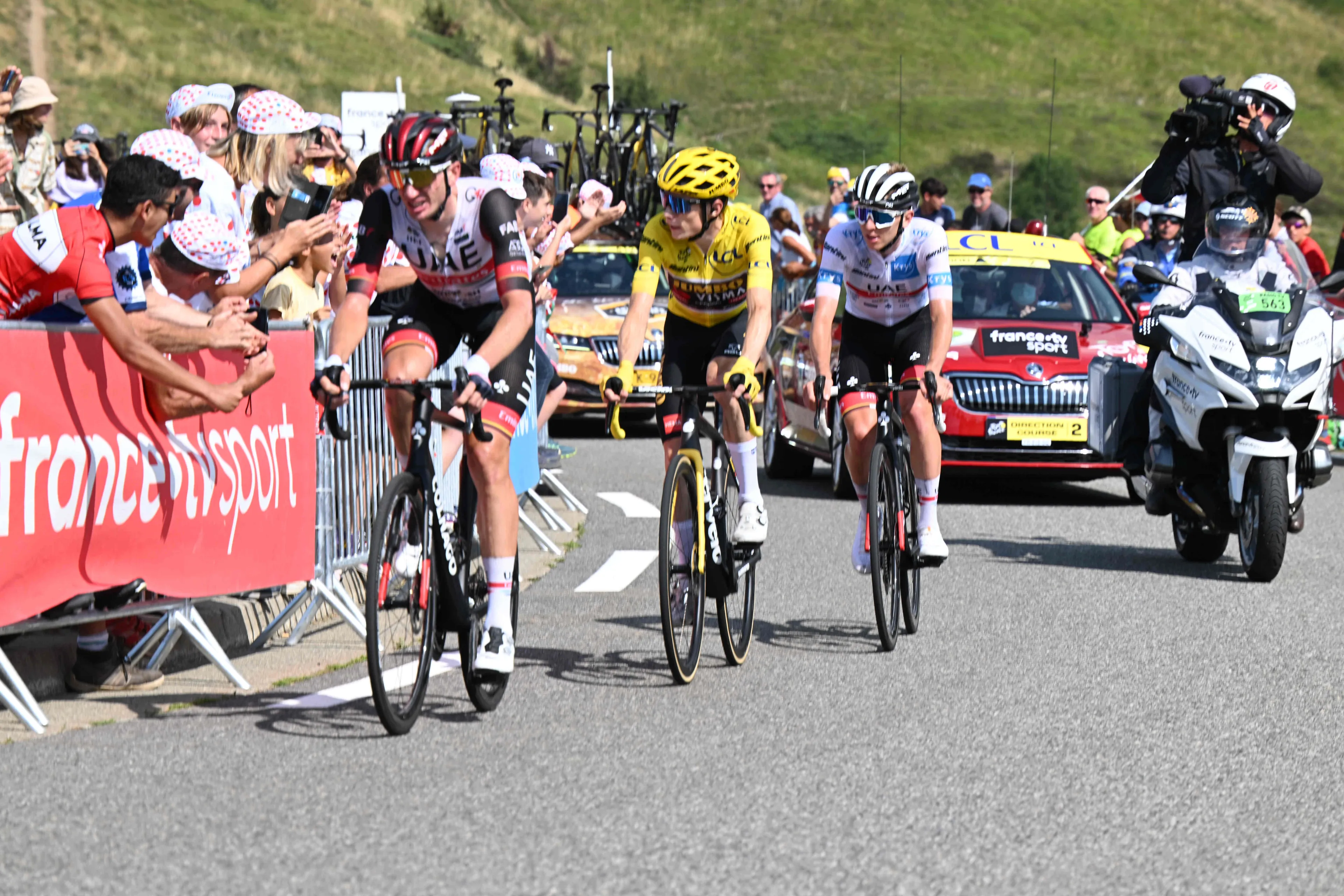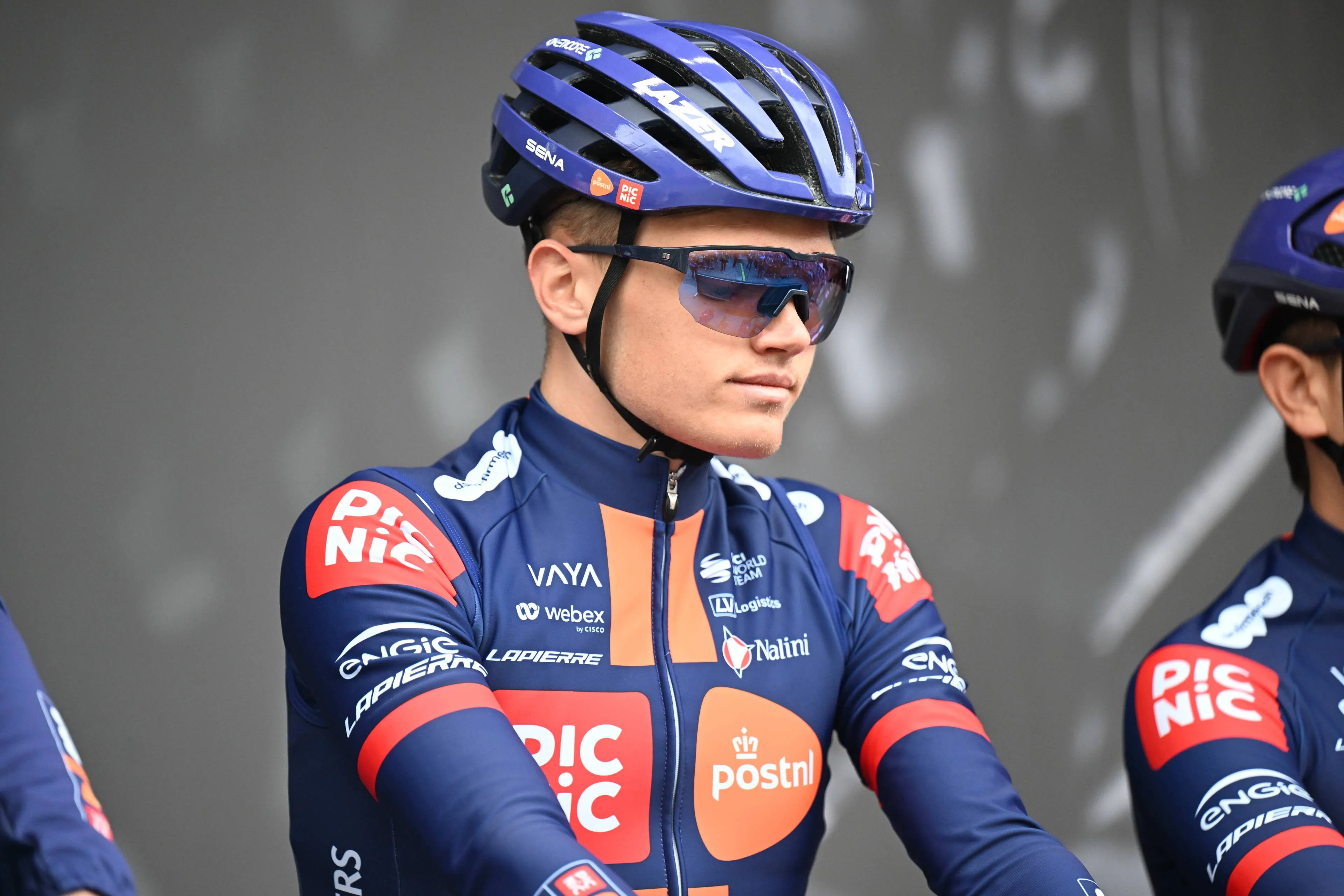UCI rulebook includes these changes in 2025: Yellow cards, no WT and PT riders at U23 Worlds and longer races for women
CyclingThursday, 09 January 2025 at 06:00
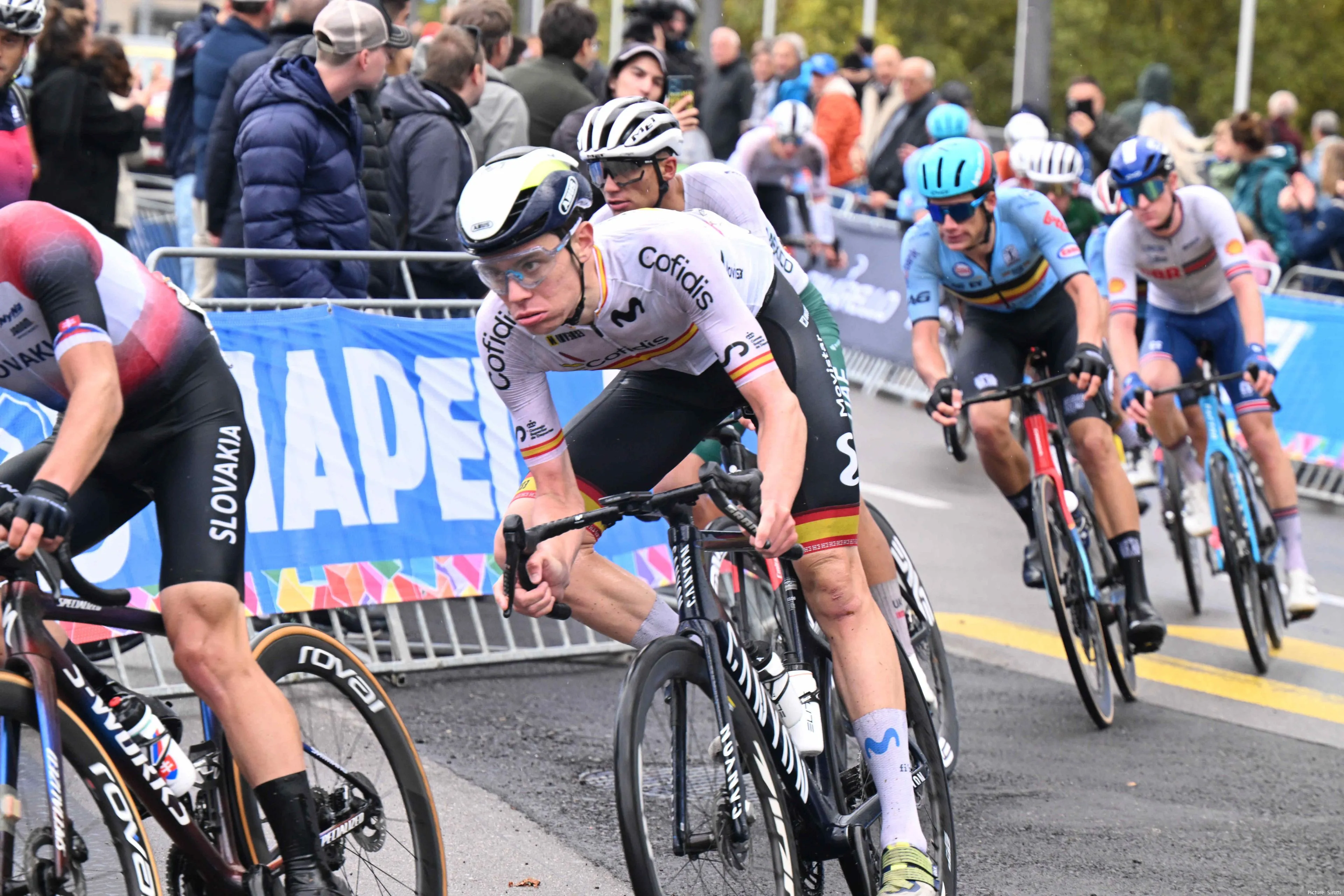
The 2025 cycling season, among several positive things, brings along a bunch of changes to UCI rulebook. Some are welcome with open arms, others sparked heated debates. But one thing they have in common is that UCI verified all of them to apply this season.
Yellow cards
To start from the most talked point, yellow cards have underwent testing from August of last year and UCI approved the rule change from 2025 onwards. You can read more on this subject in our previous articles. So just a quick reminder:
- Two yellow cards in the same event = DQ + 7-day suspension
- Three yellow cards in the span of 30 days = 14-day suspension
- Six yellow cards in the span of 365 days = 30-day suspension
In case the penalty falls on the off-season period, the suspension will be served from January 1st of next season.
The UCI closed a loophole in the previous rules that eliminated yellow cards as punishment for a rider who could not be properly identified by officials. The rules now force Sport Directors to identify the rider (persecuted for urinating in public, littering, etc.) or face a hefty CHF 2,000 fine.
Read also
No WT and PT riders at men's U23 Worlds
This is perhaps the most influential change we'll see take effect in 2025. For the past years, it was mostly riders who have already competed at the highest level coming down to race at the U23 Road World championships. And dominate. While in the road race, the situation didn't really call for it with only Yevgeniy Fedorov (2022) winning in recent years, the time trials were exclusively dominated by WorldTeam and ProTeam riders for six editions in a row since 2018.
There might be many reasons, but the obvious one is the long-time access to top-end material and training methods, in particular for WorldTeam riders. The other being that the biggest time trial talents are often among first scouted to join big teams and not everyone is Joshua Tarling to go and immediately compete for medals out of juniors.
The elephant in the room is that riders of large development programmes will still be massively advantaged, but there's not much that can be done in that aspect...
WWT riders however won't be restricted by this change as UCI aims to promote the debut of separate U23 category at the World Championships in Rwanda in 2025. However any riders who have once started in elite category won't be allowed to step back to race at U23-level anymore from this point onwards.
Read also
Race distances
Furthermore, women also get to compete over longer distances as the UCI raised the maximum distance for Worlds and Olympics to 180km, from current limit 160km. At the same time, UCI lowered the maximum distance range for U23 men to 150-180km.
Both U23 women and junior men races at Worlds will be 110-140km long while junior women's races become up to 20km longer with the change to 70-100km.
Among other changes, teams feeding riders outside of designated feed zones has been struck through and races are now required to have feed zones every 30-40km.
Read also
Sprint zone
The UCI allows for the 3km rule on sprint stages to be expanded to 5km and issued a more thorough "Sprint Zone protocol". The protocol has to be requested by race organisers for a certain stage or race in advance of the start.
Under the sprint zone protocol, riders who finish within three seconds, rather than the standard one-second gap, will be given the same time as the winner. The time is measured from the back wheel of one rider and the front wheel of the following rider. This doesn't apply for irregular sprint finishes such as breakaway riders arriving in front of peloton.
Read also
claps 0visitors 0
Just in
Popular news
Latest comments
- LOL, Del Toro, while very strong, is not currently racing at a level higher than Remco or Lipowitz. He can be by 2027 though and probably will be. You are discounting Remco's season this year, which his underperformance was caused by a crash that would have retired most people. He will be very strong this coming year as long as he keeps the rubber side down.awp18-12-2025
- It would be nice to see him have a healthy season and do well.JoeyB18-12-2025
- Aka the ‘junk drawers’Onepiece18-12-2025
- Marginal stainsOnepiece18-12-2025
- Business in the front. Farty in the backOnepiece18-12-2025
- Big problem. 2022 Jonas and Primoz were on a similar level to Tadej. 2026 Remco and Florian likely won’t be close to Tadej’s level once the road leans uphill. Good luck trying though!mobk18-12-2025
- gravel maybe? it is the only thing competitive that would make sense.mij18-12-2025
- many had Oier Lazkano as the man for spring, but he was a fraud. this is probably what hurt their spring more than anything.mij18-12-2025
- Naive Remco says that he and Lipowitz will try to isolate Pogi like Jumbo did in 2022. He forgets that DelToro is now better than both him and Lipowitz. I know he needs to fake pump his ego for the sake of sponsors but Remco you have to consider: 1) Pogi is stronger today then in 2022... 2) Pogi is smarter then in 2022... 3) Pogi's UAE team is stronger then in 2022... 4) Pogi now also knows how you intend to "beat" him... 5) Remco, you'll be fighting for third place with Lipowitz. Maybe you will get lucky because Pogi and Jonas will both crash or become ill. Ad acta.NikkoNicco18-12-2025
- the biggest issue with this plan - Tadej’s team has vastly improved. he won’t be isolated.mij18-12-2025
Loading
Write a comment
